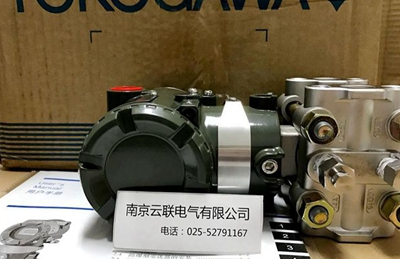
Detailed understanding of the structure and working principle of hydraulic piston pumps
1. The input shaft of the pump connected to the driving source rotates, and the cylinder block connected to the input shaft rotates through a spline.
At this point, the piston sliding on the inclined plate moves back and forth according to the angle of the inclined plate.
3. When the piston of the cylinder block protrudes, oil is sucked in from the oil tank, and when it protrudes, it is ejected towards the valve actuator side
Oil. According to the valve plate, it is divided into suction port and discharge port. The larger the inclination angle of the variable pump inclined plate, the greater the stroke of the piston’s reciprocating motion. When the angle is 0, the piston does not engage in reciprocating motion and the discharge flow rate is also 0.
3. When the circuit pump is turned off and an angle in the opposite direction is added, even if the rotation of the input shaft is the same, the suction and discharge will be reversed
详细了解液压柱塞泵的结构和工作原理
1、与驱动源连接的泵的输入轴旋转,与输入轴通过样条连接的汽缸块旋转。
2 .此时,在斜板上滑动的活塞根据斜板的角度进行往复运动。
3.从汽缸块活塞突出时从油箱吸入油,突入时向阀门致动器侧吐出
油。根据阀板分为吸入端口和排出端口。可变泵斜板的倾斜角越大,活塞往复运动的冲程越大,角度为0 时,活塞不进行往复运动,排出流量也为0。
3、关闭回路泵的情况下,再加上逆方向的角度,即使输入轴的旋转相同,吸入和排出也会逆转。

